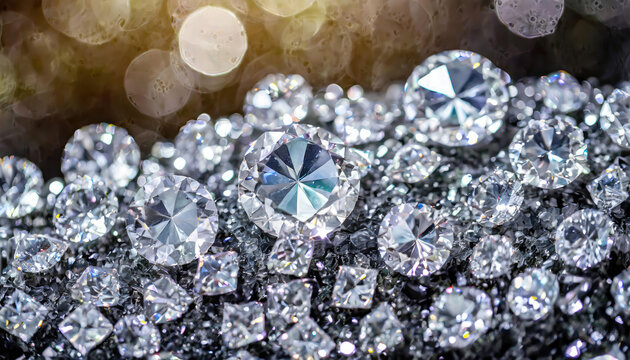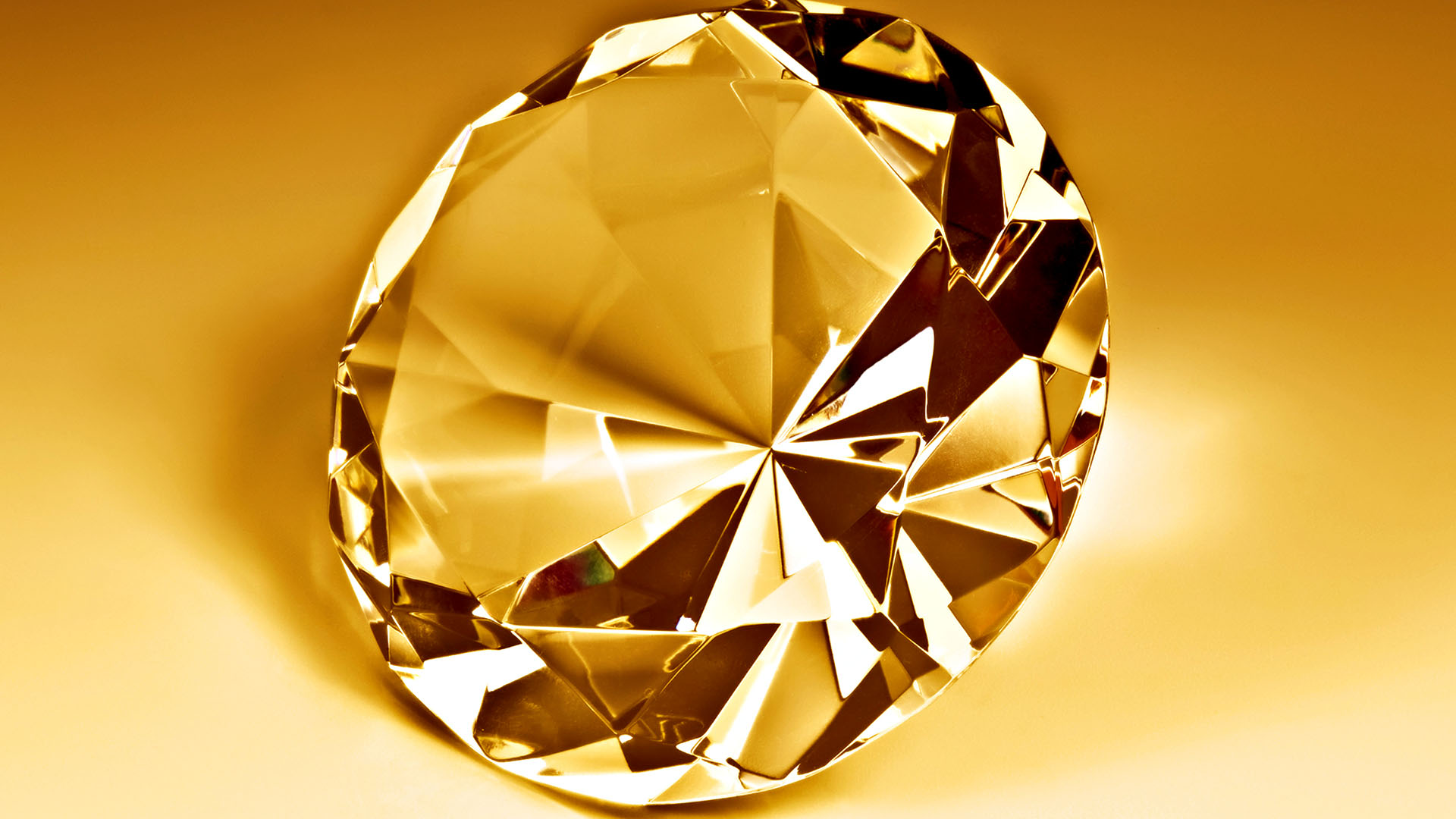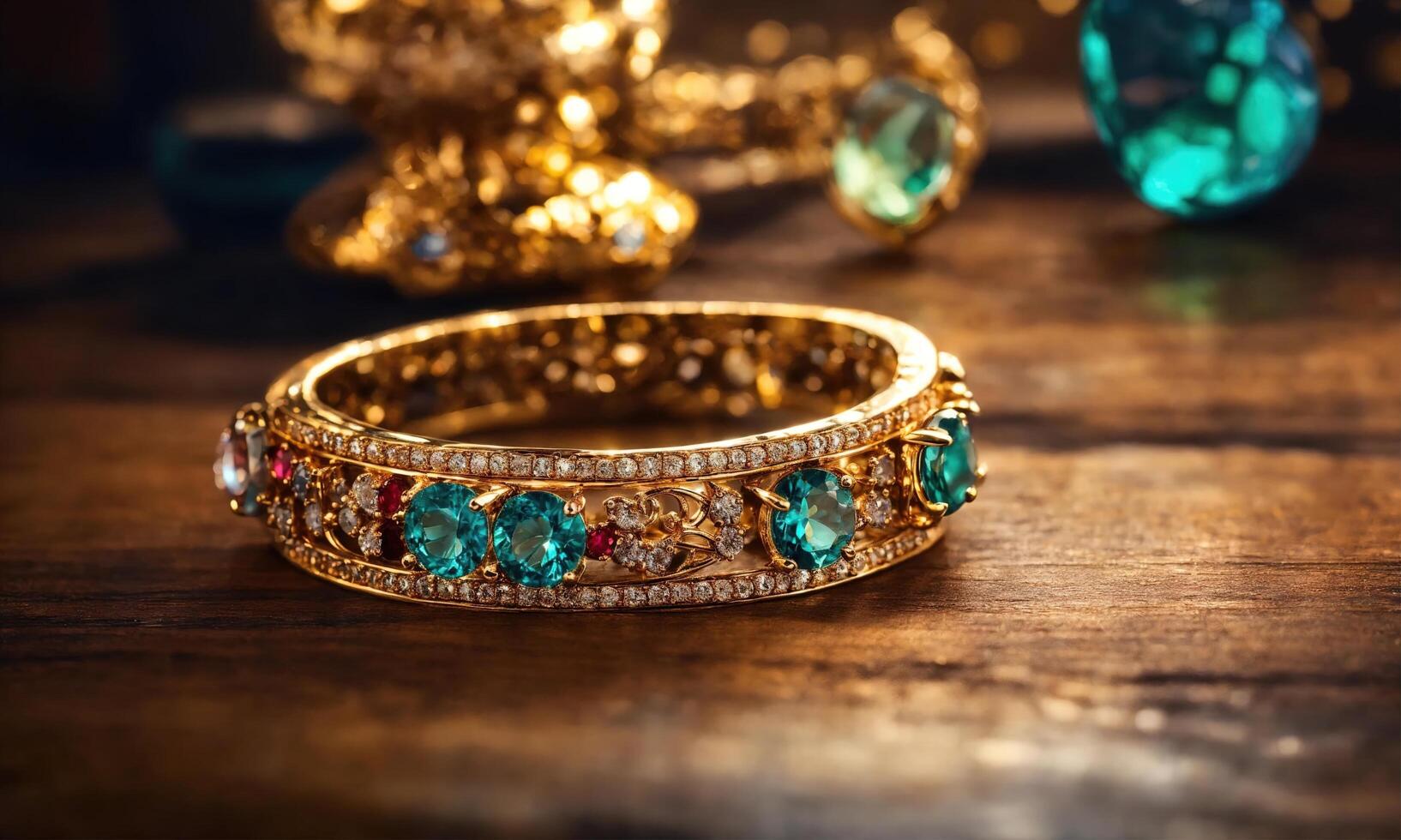
Introduction to Lab Grown Diamonds
What Are Lab Grown Diamonds?
Lab grown diamonds, often referred to as synthetic or cultured diamonds, are created in controlled environments that replicate the natural conditions under which diamonds form. Unlike mined diamonds, which take millions of years to develop, lab grown diamonds can be produced in a matter of weeks. These diamonds are chemically and physically identical to natural diamonds, making them a fascinating alternative for jewelry lovers and environmentally-conscious consumers alike.
How Are Lab Grown Diamonds Made?
Lab grown diamonds are produced using two main techniques: High Pressure High Temperature (HPHT) and Chemical Vapor Deposition (CVD). The HPHT method mimics the extreme pressure and temperature conditions of the Earth’s mantle, while the CVD method involves placing a diamond seed in a chamber filled with carbon-rich gases, which then deposit onto the seed to form a diamond. Both methods yield diamonds that are indistinguishable from their natural counterparts.
Benefits of Lab Grown Diamonds
The benefits of lab grown diamonds are numerous. First and foremost, they offer an ethical and environmentally friendly alternative to mined diamonds. Since they don’t require the excavation of earth, lab grown diamonds eliminate many of the negative environmental impacts associated with traditional diamond mining. Additionally, they are often more affordable, providing consumers with high-quality diamonds at a lower price point.
The World Wildlife Fund (WWF)
What Is WWF?
The World Wildlife Fund (WWF) is one of the world’s leading conservation organizations, dedicated to preserving the natural world. Founded in 1961, WWF operates globally to address critical environmental issues, including climate change, habitat destruction, and species extinction. Its mission is to create a world where people live in harmony with nature.
WWF’s Mission and Goals
WWF’s mission is to conserve nature and reduce the most pressing threats to the diversity of life on Earth. The organization’s goals include halting the degradation of the planet’s natural environment, promoting sustainable practices, and encouraging conservation efforts worldwide. WWF focuses on various areas, including wildlife protection, forest conservation, and climate change mitigation.
WWF’s Role in Environmental Conservation
WWF plays a crucial role in environmental conservation through its research, advocacy, and partnerships. The organization works with governments, businesses, and local communities to implement sustainable practices and protect endangered species. WWF also engages in global campaigns to raise awareness about environmental issues and drive positive change.
The Environmental Impact of Traditional Mining
Deforestation and Habitat Destruction
Traditional diamond mining often results in significant deforestation and habitat destruction. Large-scale mining operations clear vast areas of forest, disrupting ecosystems and endangering wildlife. This loss of habitat can lead to the displacement of species and a decline in biodiversity.
Water Pollution and Soil Contamination
Mining activities can cause water pollution and soil contamination through the release of toxic chemicals and sediment. These pollutants can adversely affect aquatic life and contaminate drinking water sources. In regions where mining is prevalent, communities may face health risks due to polluted water and soil.
The Carbon Footprint of Mining
The carbon footprint of diamond mining is another major concern. The energy-intensive processes involved in extracting and transporting diamonds contribute to greenhouse gas emissions. This environmental impact adds to the urgency of finding more sustainable alternatives.
How Lab Grown Diamonds Compare to Natural Diamonds
Environmental Impact
Compared to natural diamonds, lab grown diamonds have a significantly lower environmental impact. They do not involve the destruction of natural habitats or the pollution of water and soil. By reducing the need for traditional mining, lab grown diamonds contribute to environmental conservation and sustainability.
Ethical Considerations
Ethical concerns surrounding traditional diamond mining, such as conflict diamonds and poor labor conditions, are minimized with lab grown diamonds. These diamonds are produced under controlled conditions, ensuring fair labor practices and eliminating the risk of contributing to conflict financing.
Economic Factors
Lab grown diamonds are generally more affordable than natural diamonds. This price difference is due to the lower costs associated with production and the lack of middlemen in the supply chain. Consumers can enjoy high-quality diamonds at a fraction of the price, making them an attractive option for budget-conscious buyers.
WWF’s Stance on Lab Grown Diamonds
WWF’s General Perspective on Sustainable Products
WWF supports sustainable practices and products that reduce environmental impact and promote conservation. The organization advocates for alternatives to resource-intensive industries, such as lab grown diamonds, which align with its goals of minimizing ecological damage and promoting ethical practices.
How Lab Grown Diamonds Align with WWF’s Goals
Lab grown diamonds align with WWF’s goals by offering a sustainable and ethical alternative to mined diamonds. Their production process reduces environmental harm and avoids the ethical issues associated with traditional diamond mining. As such, WWF views lab grown diamonds as a positive step towards more sustainable and responsible consumption.
Case Studies and WWF’s Reports
WWF has highlighted the benefits of lab grown diamonds in various reports and case studies. These documents emphasize the reduced environmental impact and ethical advantages of lab grown diamonds compared to their mined counterparts. WWF’s research supports the adoption of lab grown diamonds and wwF as a viable solution for consumers seeking to make more sustainable choices.
The Future of Lab Grown Diamonds and Conservation
Innovations in Lab Grown Diamond Technology
The technology behind lab grown diamonds continues to evolve, with innovations making the production process more efficient and sustainable. Advances in technology may further reduce the environmental impact and increase the accessibility of man made diamonds, contributing to their growing popularity.
Potential for Industry-Wide Changes
The rise of lab grown diamonds has the potential to drive industry-wide changes in the jewelry sector. As more consumers and businesses embrace lab grown diamonds, traditional mining practices may face increased scrutiny. This shift could lead to more sustainable practices across the industry.
The Role of Consumers in Promoting Sustainability
Consumers play a crucial role in promoting sustainability by making informed choices. By opting for lab grown diamonds, individuals can support ethical and environmentally friendly practices. Raising awareness about the benefits of lab grown diamonds can also encourage more widespread adoption and contribute to positive change.
Conclusion: The Synergy Between Lab Grown Diamonds and WWF
Summary of Key Points
Lab grown diamonds represent a promising alternative to traditional mined diamonds, offering benefits such as reduced environmental impact and ethical production practices. WWF supports the use of sustainable products like lab grown diamonds, which align with its mission to protect the natural world and promote responsible consumption.
Final Thoughts and Call to Action
As we move towards a more sustainable future, lab grown diamonds provide an opportunity for consumers to make a positive impact. By choosing lab grown diamonds, you contribute to environmental conservation and ethical practices, supporting WWF’s goals and promoting a healthier planet. So next time you’re in the market for a diamond, consider making a choice that benefits both you and the world around you.















